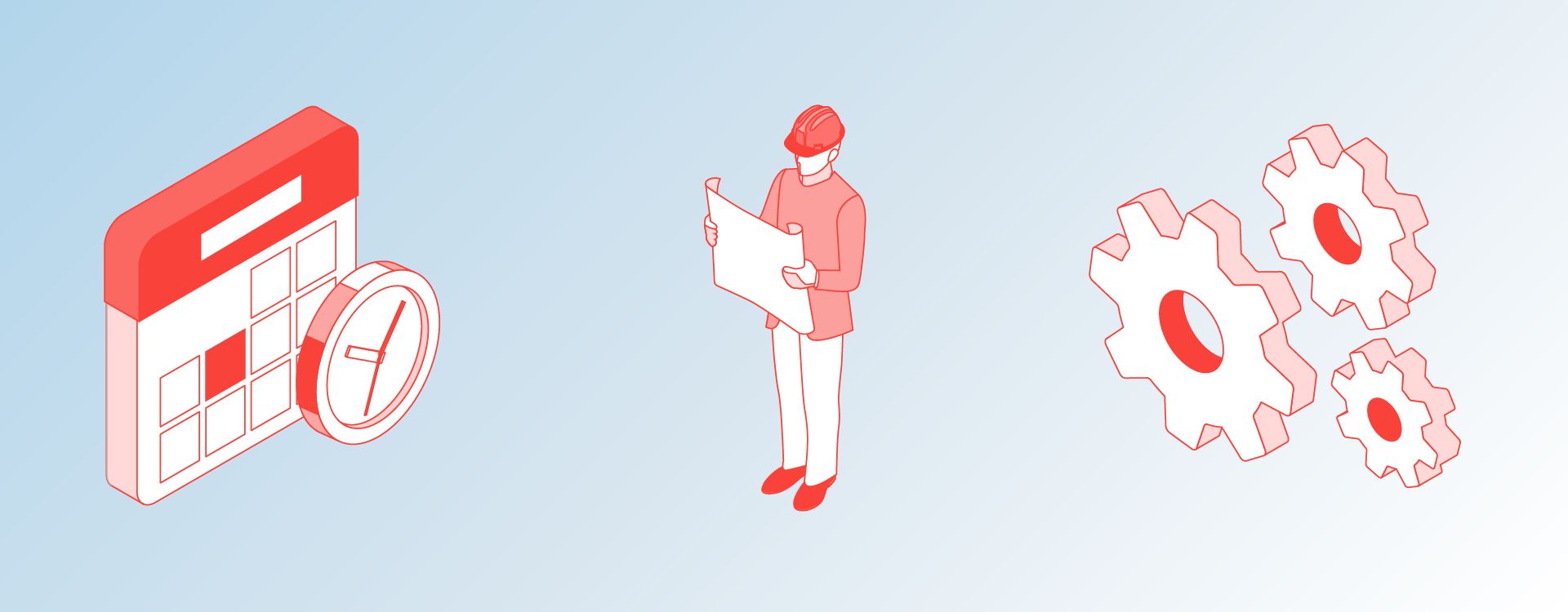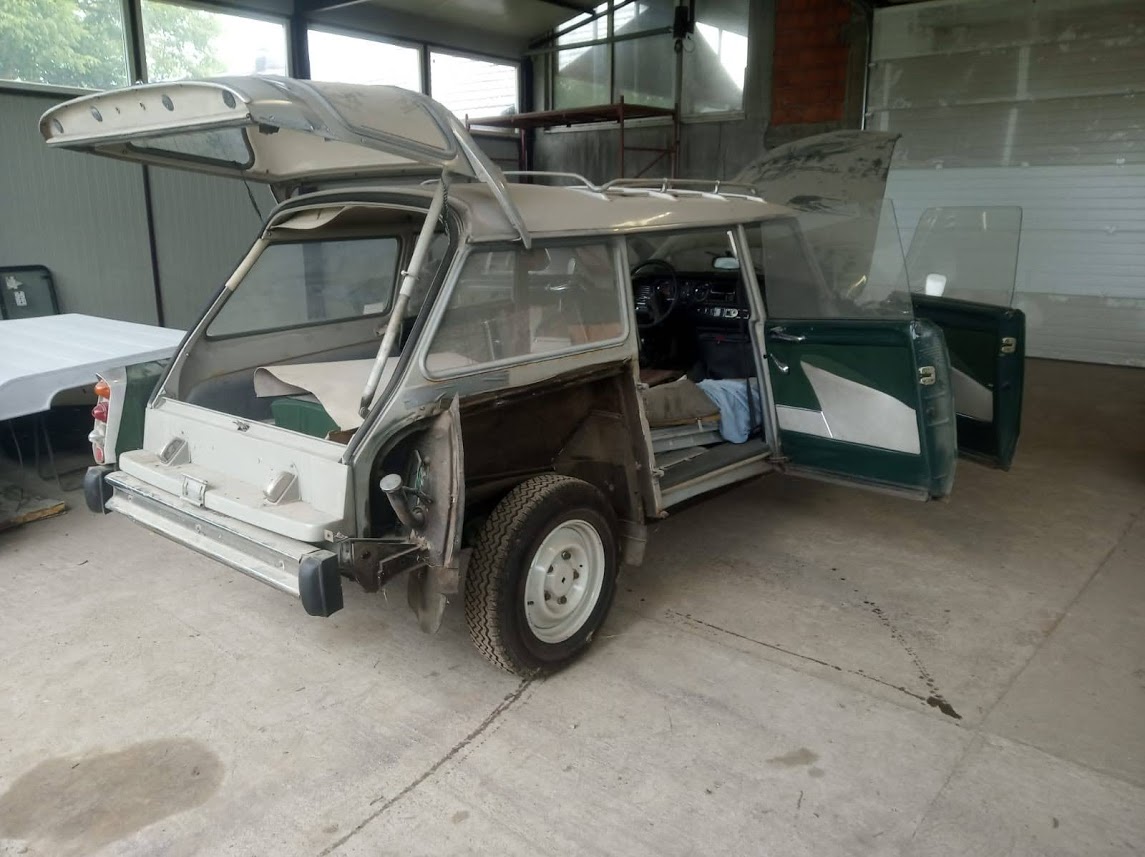How do we do it?
Planning
When we first get the car from our client we are always starting with planning. This stage implies, at first, deciding when are we going to start working on a car - we organize our work and decide start date. Than we take a detailed look on a car, check what parts are repairable and what parts are needed new. After that, we decide exactly what needs to be done on a car and in which order. Before the next stage begins, we have a talk with car's owner and explain the situation. After that we are starting to order parts - if ones are needed - and wait for a next stage to begin.


Disassembly
Usually, this is the next step after planning in 99% of the projects. We carefully disassemble whole car, thoughtfully labeling and storing all parts. Each and every screw is labeled and stored so we can guarantee having all original parts back in exact place where we found them. In this step main goal is to get body stripped to the metal. That also means extracting the engine outside of car's body and detaching chassis from the body.
Sandblasting
In this line of business, sandblasting is absolutely necessary before painting. Considering that most classic cars are over 30 years old, they often have a lot of rust and old paint (or both). With sandblasting, we remove paint, rust, oil and grease from a car.
This process prepares car to be taken over by our experts for body work and makes their job easier with clean surface to work with.


Bodywork
Body work is often very challenging line of work in classic car restoration. It requires people with a lot of experience and knowledge. As it was the case
with sandblasting, body work experts also have to deal with cars in extremely bad condition. That often includes repairing someone else's poorly done job which requires a lot of patience and a lot of hard work.
Luckily, we have experts who can bring cars from such condition into near-factory condition, or often even better.
Mechanic work
After body is prepared for painting there is one more step left - mechanical work. For obvious reasons, mechanic and electric work are placed in-between body work and painting. Our experienced mechanics are solving even the most challenging of the problems. Having experience with various Citroen DS and CX engines and their hydraulic systems, there is not much that can surprise them. Many times have we made car running after we got it completely broken or even without mechanical parts. Considering our long history with classic cars, and the fact that we have parts store right in our garage we are always covered with the parts we need.


Interior work
Interior work is no less challenging than any other stage of classic car restoration. We often have to deal with rotten and unusable interior.
But, we can repair upholstery and make them look just as original. Very often we are ordering leather from specialized manufacturers to get leather as close to original as possible. This line of work is very sensitive and we are paying attention to every single detail because clients are often very strict about their car's interior which is understandable - it is very important to preserve as much as possible of that "old car feel".
Painting
Painting is probably the most important stage in restoration. There is no place for a mistake. Everything is done with extreme caution.
In this stage we are preparing surface of a car for painting in most professional manner possible, folowing industry-set standards. After surface has been prepared, we paint the car, make it shiny and that sets the course of restoration towards the end.


Assembling
After the car has been painted, it is time for assembling it back to it's place. In this stage it is important to follow the rules we set to ourselves in the beginning of the restoration - each screw is going back exactly where it was. This step also includes testing, testing and... more testing. Old cars are not easy to repair - so it is necessary to test them properly and find out if there are any hidden problems. If testing goes well, restoration is finished.
Final step - product delivery and making client happy
Final stage of our restoration - handing over car to the client. After the car has been through this really long process of restoration, it is time to part time with it. Sometimes cars that we get and cars that we deliver to the client almost don't even look alike, that is how different sometimes cars can get after restoration.
And that is definitely the best part of the restoration - seeing final product and handing it over to the client!

